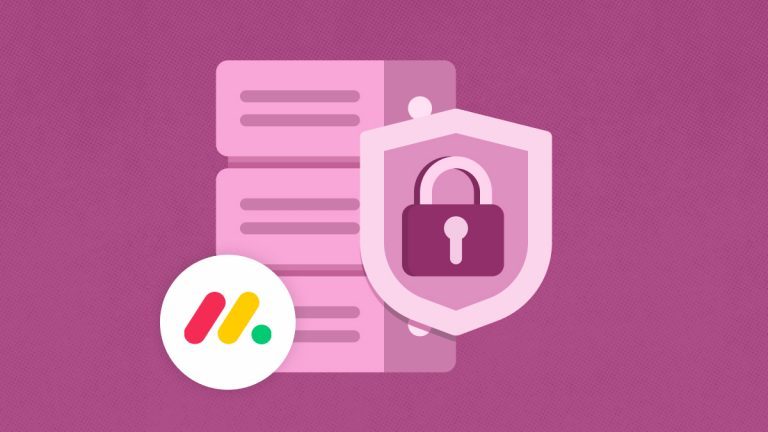
Peter Taylor
VP Global PMO
Keynote speaker and coach Peter is the author of the number 1 bestselling project management book ‘The Lazy Project Manager,’ along with many other books.
He has built and led some of the largest PMOs in the world with organizations such as Siemens, IBM, UKG, and now Dayforce, where he is the VP Global PMO.
He has also delivered over 500 lectures worldwide in 26 countries and has been described as ‘perhaps the most entertaining and inspiring speaker in the project management world today.’
In the demanding world of project management, failing to consider the unexpected can be a very costly gamble. It is one that no professional project manager should be willing to take, either for their career or their organization’s health.
Proactive risk management is one of the key skills any project manager should have. The art of staying on track, avoiding delays (impacting time and cost), and reducing the stress (personal and team) of unforeseen problems is imperative.
This is the importance of risk management.
Proactive risk management
Much like navigating everyday life, this approach is about planning for potential pitfalls before they happen – ensuring that projects meet delivery expectations and staying resilient in the face of uncertainty. Embracing effective risk management isn’t just about tackling what could go wrong; it’s about building a foundation for successful project outcomes, continuous improvement, and a future of shared insights and smoother processes.
Like in projects or business, this proactive approach helps you stay on course, avoid delays, and reduce the stress of undesirable events. Planning and risk management is second nature in much of what we do. The importance of risk management in project management needs to be carefully considered and acted upon.
Why risk management is crucial for successful project delivery
Let’s start with a simple definition of risk management.
Risk management is a process that ensures a project is completed to delivery expectations by pre-identifying, analyzing, and planning a response to potential risks at the start of a project. The process continues throughout the project and when a risk becomes an issue.
What about the alternative?
The ‘Let’s just go with the flow and deal with the unexpected (and unplanned) as and if they occur’ approach?
Nothing will go wrong, and all will be well. But you would have to be a real gambler to take this approach, especially if you lead any costly and big-impact project for your business!
The problem with this is that when something inevitably goes off-plan, you must stop, look at the alternatives, make decisions of extra investment in time and money, and take the alternative path. As a result, you’ll run into delays, extra costs, reduced impact, and more.
It is better to consider potential project pitfalls early to avoid delays and cost overruns.
Project management risk differs from everyday risk in that each project is a unique, temporary endeavor, and each project is critical to the sponsoring business.
Murphy’s law will come true
A famous ‘law’ that almost all project managers can quote is ‘Anything that can go wrong will go wrong’. This is commonly known as Murphy’s Law, an adage that describes the principle that if something can go wrong, it almost certainly will.
I can vouch for this through bitter experience. Leading an internal initiative, I blindly trusted that all updates provided for time estimates were reasonable and realistic, failing to check any of them appropriately. They weren’t estimates that considered anything but the world of perfection. As it turned out, perfection was not what arrived. Instead, we ran into bigger problems. As a result, we experienced significant project delays and additional costs.
I had made no preparation for these impacts and no risk management plan, and I delivered bad news to the steering group, meeting after meeting.
It is not a career high point but a painful learning experience.
And this is why it is essential to manage risk in the project world. That alternative high-risk gambling approach of hoping nothing will go astray is improbable to work out in your favor.
Mitigating project risks in the most effective way forward
Accepting that risks must be managed professionally, what help is out there to make the task easier?
First, there are various risk management software tools to aid automation and run ‘what-if’ scenarios to consider possible project deviations and their impact.
Then, there are risk management frameworks to guide the entire process. These may be standalone to your methodology or embedded within the project methodology.
There are even certified risk manager offerings at the highest level in the marketplace. The adoption and use of all of these will depend greatly on the projects’ complexity.
Appropriate risk management is key to a) not overburdening the project but b) ensuring that good risk management is applied.
One simple idea
I worked with one company, and the most significant contribution to an improved risk management process was the practical application of an actual lessons-learned process.
Lessons are not just learned but shared.
The challenge was that many project managers were experiencing and learning from all the projects they were leading but lacked shared knowledge.
Their reference point was their world if you like, but they should have been part of a wider community, benefitting from that collective experience. It is what is now referred to as the ‘hive’ mind. Greater wisdom comes from many points of knowledge.
While it is true that all projects are unique, there are commonalities as well. This organization created a reference database of true value by identifying, recording, and sharing one key lesson from each project.
Each project manager had to answer two questions at the end of each project:
- What issue occurred that you did not anticipate?
- How did you deal with this issue?
The value is that more of the ‘unexpected’ became a reference source for project managers as they considered risk potential for new projects. There was less ‘copy and paste’ from project to projects of risks (a lazy approach that is too often the reality).
Murphy’s Law is real. Projects do not follow the planned path without deviation. A good project manager takes risk management seriously, and their project outcomes are more successful.
Risk management in projects is essential
In conclusion, risk management is essential for any project manager who aspires to deliver a successful outcome.
Only by identifying potential problems early on and planning for responses that could be actioned in such an event, the project progresses smoothly.
Problems should be expected. Relying on pure luck or the ability to react on the fly is not a practical or professional approach.
Sharing lessons learned amongst a more expansive team enhances collective wisdom, helping organizations navigate future project risks better. Embracing risk management isn’t just about reducing risks within projects. It’s also about building a foundation for success and a culture of continuous improvement.
Download whitepaper
to learn more about project data protection

























